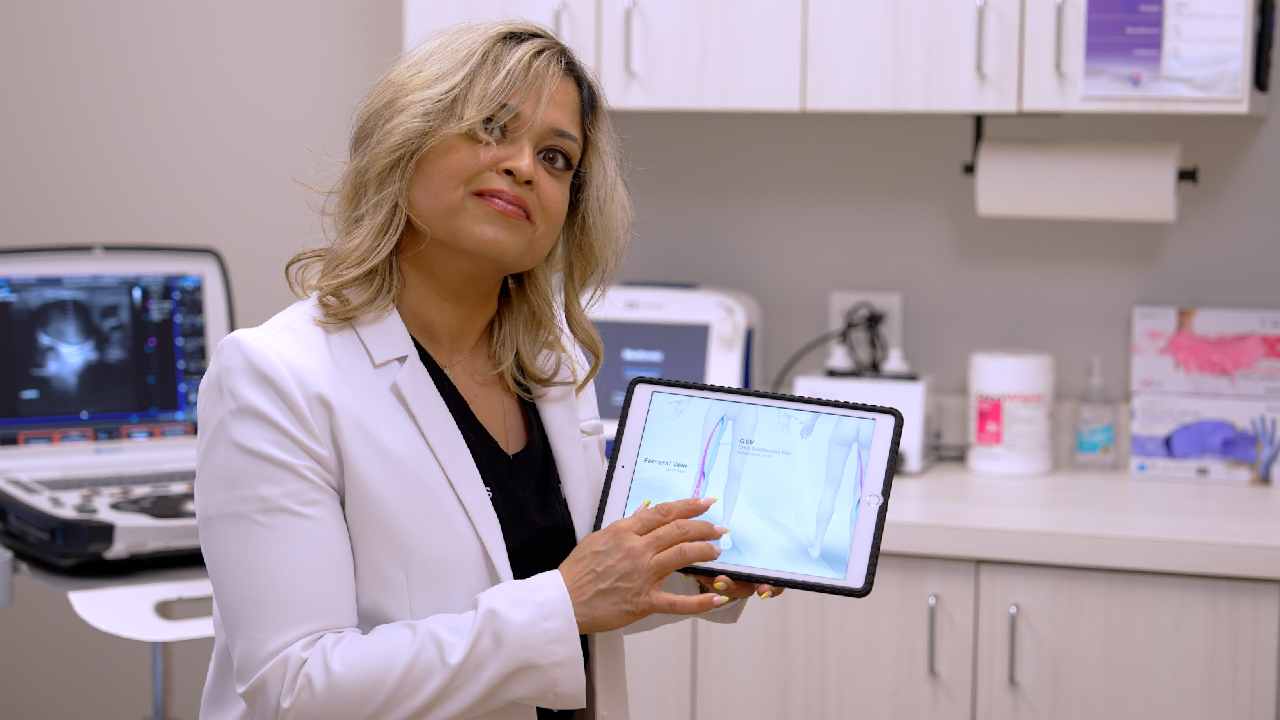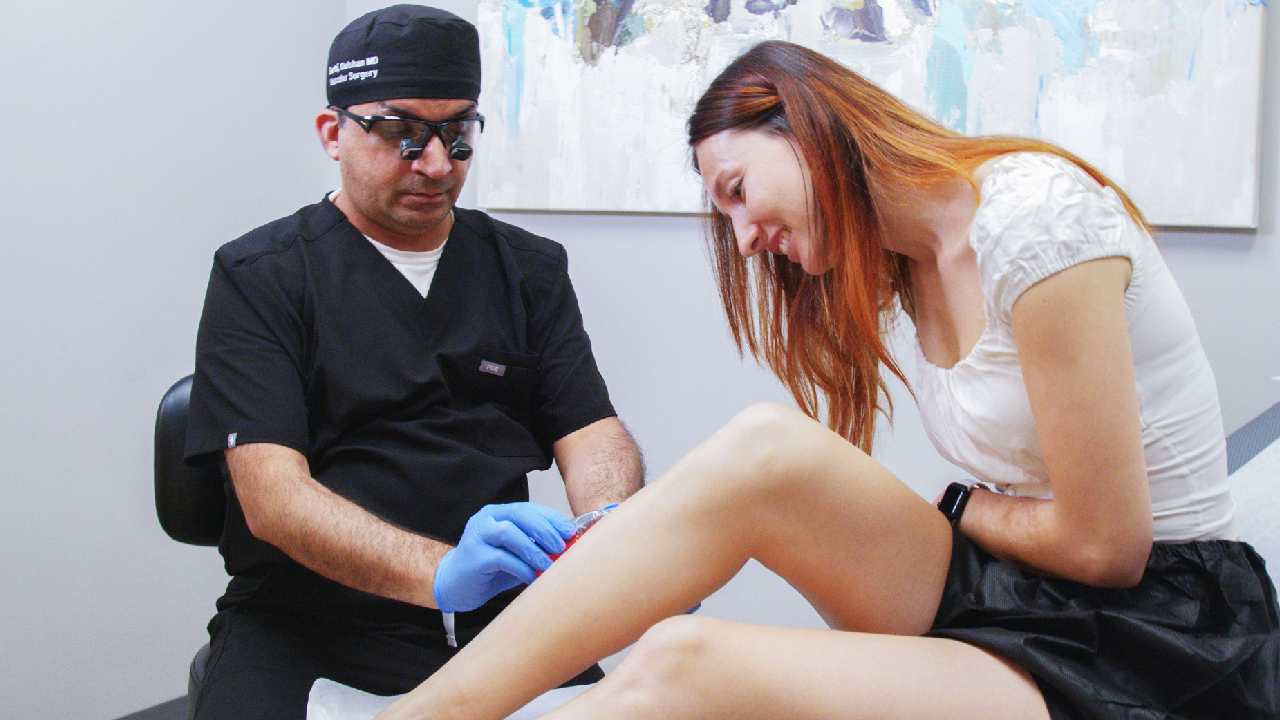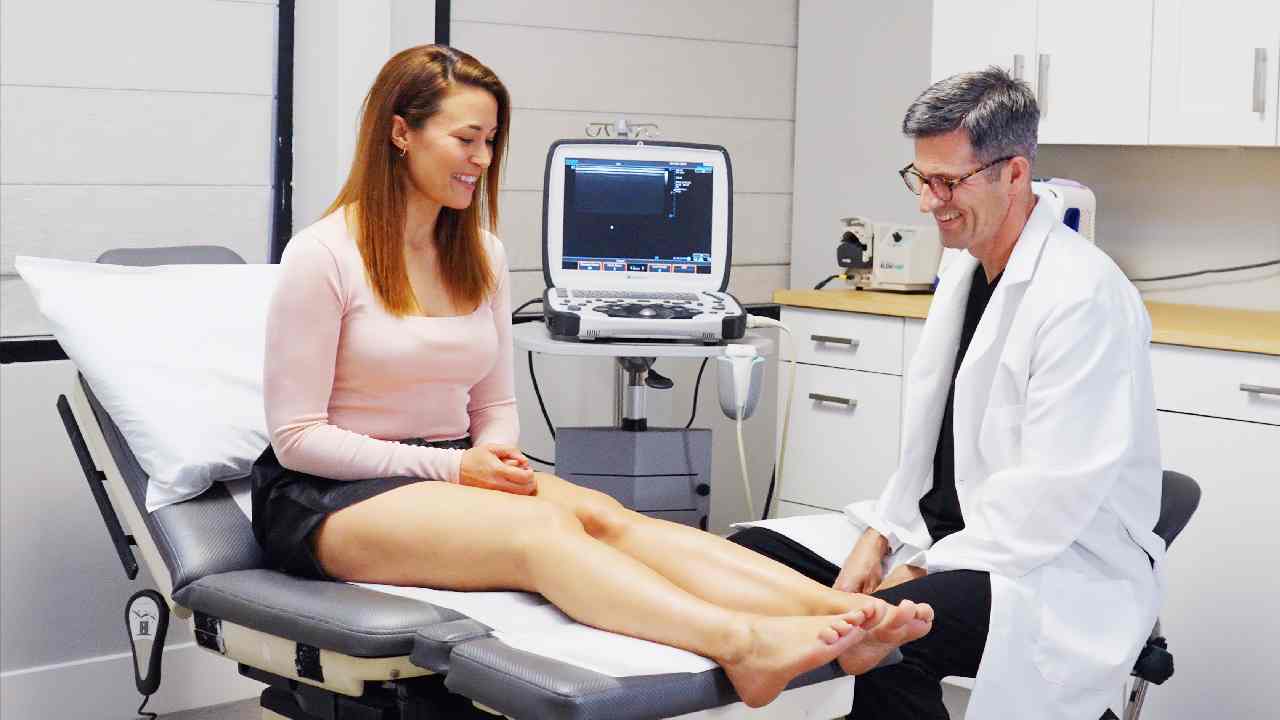
How to Prevent Varicose Veins from Worsening During Winter
Winter brings a host of seasonal changes, from shorter days and colder temperatures to an increased likelihood of staying indoors. While this time of year is often associated with cozy blankets, hot drinks, and the holidays, it can also present challenges for people who suffer from varicose veins. Cold weather can exacerbate existing vein issues, causing discomfort and making varicose veins more noticeable.
How Cold Weather Affects Varicose Veins
Varicose veins are caused by weakened or damaged valves in the veins that prevent blood from flowing efficiently back to the heart. This leads to blood pooling in the veins, causing them to become swollen, twisted, and prominent beneath the skin. Cold weather can make these symptoms worse by causing blood vessels to constrict.
When temperatures drop, your body naturally works to conserve heat by narrowing the blood vessels, which can reduce blood flow to your extremities. This constriction increases pressure in the veins, which can cause varicose veins to become more pronounced or painful.
For people with existing varicose veins, winter’s effect on circulation can lead to more discomfort, increased swelling, and a greater likelihood of developing additional vein issues. To prevent your varicose veins from worsening during the colder months, it’s essential to take a proactive approach to vein health. Here are some tips and strategies that can help you keep your veins healthy and minimize the impact of winter on your circulation.
Are you interested in getting more information about your condition or getting a treatment?
Fill the form below to start!
1. Stay Warm
While staying warm may seem like a no-brainer during the winter months, it’s particularly important for individuals with varicose veins. Cold weather can make the veins constrict, and when your body struggles to stay warm, your blood flow can become sluggish. To prevent this from negatively affecting your circulation, make sure to dress in layers and protect your legs and feet from the cold.
Consider wearing insulated socks, leg warmers, and pants that offer additional warmth. When indoors, use blankets or space heaters to keep your legs warm and avoid sitting near cold drafts, as exposure to cold air can contribute to the constriction of your veins.
2. Wear Compression Stockings
Compression stockings are one of the most effective ways to manage varicose veins, especially during winter when blood flow can be restricted due to cold weather. These specially designed stockings apply gentle pressure to the legs, helping to improve circulation and reduce swelling. They work by encouraging blood to flow upwards towards the heart, preventing blood from pooling in the veins.
As mentioned above, in addition to alleviating symptoms of varicose veins, compression stockings also provide warmth, which can be a bonus during the colder months. By improving circulation and reducing pressure on the veins, compression stockings can help prevent your varicose veins from worsening and provide relief from discomfort such as aching or heaviness in the legs.
It’s important to consult with a vein specialist to determine the correct level of compression for your needs. Compression stockings come in various strengths, and a professional will be able to guide you toward the best option for your condition.
3. Engage in Regular Exercise
One of the best ways to keep your veins healthy throughout winter is to stay active. Regular exercise helps to improve circulation, strengthen the muscles that support your veins, and reduce the pressure on your venous system. During the winter months, it can be tempting to hibernate indoors, but it’s important to find ways to keep moving.
Low-impact exercises such as walking, swimming, cycling, or even light stretching are excellent choices for people with varicose veins. These activities encourage blood flow, reduce swelling, and help to manage discomfort. Even if the weather outside is too harsh, try to make use of an indoor gym, or find activities you can do at home, such as yoga or using a stationary bike. Engaging in physical activity on a regular basis will help prevent varicose veins from worsening during winter.
4. Elevate Your Legs
Elevating your legs is another effective way to combat the negative effects of winter on your veins. Prolonged standing or sitting can increase pressure on your veins, especially during colder months when circulation naturally slows down. By elevating your legs above heart level, you can encourage blood to flow back to the heart, reducing pressure in the veins and preventing further pooling.
You can elevate your legs by propping them up with pillows while lying down or sitting in a recliner. Try to do this for at least 20 minutes a few times a day, particularly after long periods of standing or sitting. This simple practice can go a long way in alleviating discomfort, preventing varicose veins from worsening, and improving your overall circulation.
5. Explore Professional Vein Treatments
Winter’s cold and reduced activity levels make regular check-ups with a vein specialist crucial. They can evaluate your veins, conduct diagnostic tests like Doppler ultrasound, and offer advice on managing varicose veins during winter. If your varicose veins are worsening, treatments such as sclerotherapy, laser therapy, or endovenous ablation can help by closing damaged veins and improving blood flow, providing symptom relief.
Winter can worsen varicose veins by constricting blood vessels, but with the right steps—such as wearing compression stockings, staying warm, exercising, elevating your legs, and maintaining a healthy weight—you can protect your veins and improve circulation. By adjusting lifestyle habits with the seasons and paying attention to your vein health year-round, you can manage symptoms effectively and enjoy smoother transitions between the weather extremes.
Preventing vein disease, especially as it can be affected by seasonal weather, requires a proactive approach throughout the year.
FEATURED POSTS BY VEIN DOCTORS















